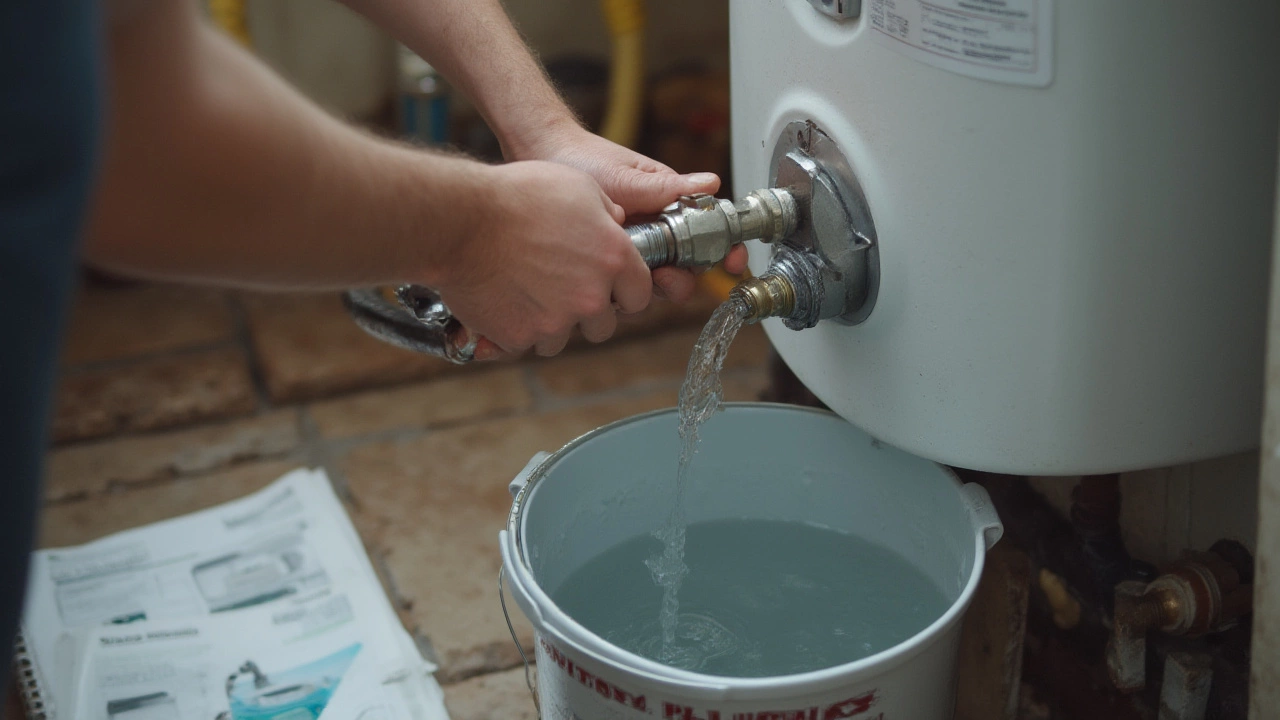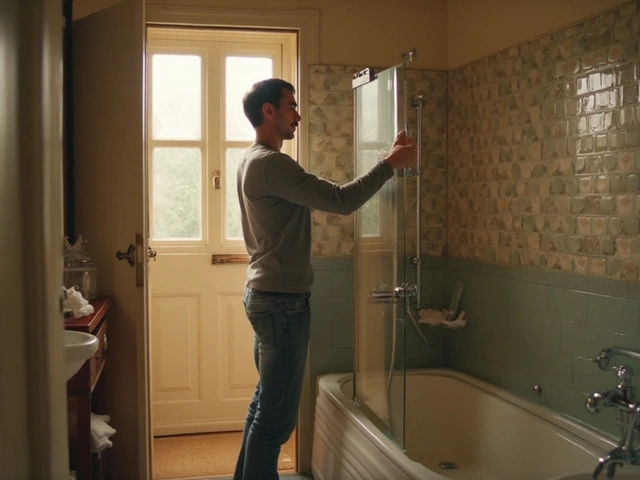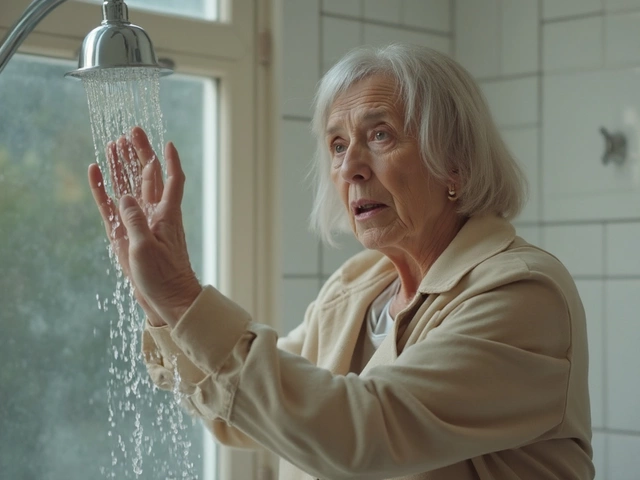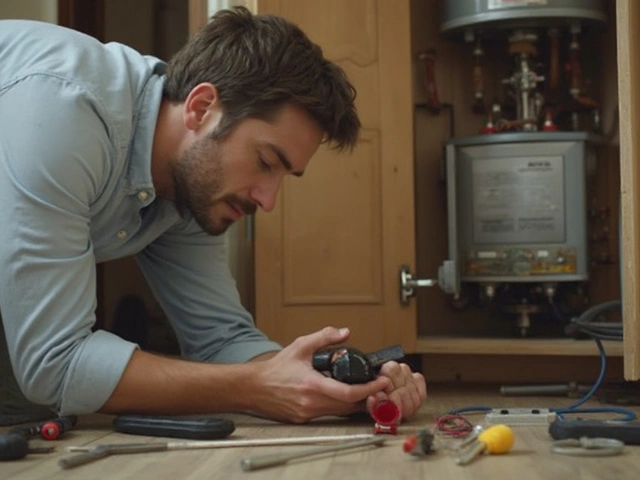Ever stepped into a shower expecting a nice burst of hot water, only to get drenched in Antarctic-level cold? That’s when you realize your water heater isn’t something you should ignore. In Australia, most households rely on either gas or electric water heaters, and a bit of regular upkeep can mean the difference between reliable warmth and teeth-chattering surprises. Water heaters don’t ask for much, but when they don’t get attention, they act up—sometimes dramatically, with leaks, odd noises, or, in the worst cases, complete failure. The good news? A few simple maintenance tricks can save you expensive repairs and hundreds on your energy bill. Let’s peek under the lid and demystify what you actually need to do for your water heater to keep humming along. And if you think this stuff’s just for old systems, surprise: even new models need a little love if you want that ten-year warranty to actually last a decade.
Why Water Heater Maintenance Matters
Neglecting your water heater sets you up for a lineup of frustrating problems, and most of them sneak up when you least expect it. The science is simple—water here in Adelaide, and much of Australia, tends to be average to hard, so minerals like calcium and magnesium build up in your tank over time. This limescale slowly coats heating elements, making your system work harder to heat less water. If you’re using an electric heater, that extra effort means higher bills and a shorter life for the element. For gas heaters, sediment can block the burner, making it noisy and inefficient. Left unchecked, corrosion can eat right through the tank, leaving you with costly leaks and a replacement job no one budgets for.
Here’s a fact that caught me off guard: skipping regular maintenance can chop as much as five years off your water heater’s life. Most tanks have a design life of 8 to 12 years, but bad upkeep—or no upkeep—has plenty of Australian families shelling out for replacements sooner. Then there’s safety. A neglected heater isn’t just a money pit; it can be a genuine hazard. Failing temperature and pressure relief valves (the TPR valve) can cause dangerous pressure build-ups, posing a risk of scalding or, in rare cases, tank explosions. Even small leaks can create mould, which is a whole other headache. And here’s another thing: insurance companies often deny claims for floods caused by neglected tanks. Look up your policy—you’ll find plenty of fine print about "regular maintenance."
Feeling tempted to ignore maintenance? Think again. Nearly half of hot water failures are traced straight back to nothing more than sediment build-up and ignored parts. A clean, maintained heater uses less energy, lasts longer, and, let’s be honest, just works better. Simple tasks really do make all the difference: checking for rust spots, listening for popping noises (a telltale sign of sediment), flushing the tank, and making sure valves aren’t stuck. Every minute spent on upkeep is money saved on bills and repairs.

Routine Maintenance Anyone Can Do
You don’t have to be a plumbing guru to look after your hot water system. A quick check here, a flush there, and you’ll avoid nearly all the nasty surprises down the line. Start by taking a good look around your heater every few months. Inspect the area for any leaks, rust around the fittings, or damp patches—these are warning signs you don’t want to ignore. Give the tank a gentle touch: if it feels extra hot or you notice banging or popping sounds, your tank is probably struggling with sediment. Odd noises aren’t normal. Don’t just tune them out.
The next must: flushing the tank. This is maybe the number one thing that increases the lifespan of hot water tanks. Every year, turn off the power or gas, let the water cool, then connect a hose to the drain valve at the base. Let water (and sediment) flow out into a bucket or down a drain, refilling and draining until it runs clear. In some areas, especially if you’ve got Adelaide’s mineral-rich water, doing this every six months is even better. If your water heater’s never been flushed before, don’t be shocked if heaps of brownish stuff comes out—this is normal but means your heater’s been working overtime.
Don’t forget the TPR (temperature and pressure relief) valve. Every six months, carefully lift the valve’s test lever. It should release water into the pipe; if not, the valve is stuck or faulty and needs attention immediately. Keeping this functioning could stop your heater from becoming dangerously over-pressurized. For electric heaters, take five minutes to switch off the power and check the anode rod by unscrewing the fitting on top (don’t worry, you won’t break anything). If the rod is covered with calcium lumps or is less than half its original size, it’s time for a replacement. Gas heaters have their quirks: make sure the pilot light is always blue (yellow or orange means incomplete combustion and soot buildup), and if you see rust on the burner, grab a soft brush and clear it off. Remember, smelling gas is never normal—call a pro if you do.
If you have a heat pump water heater or a solar-boosted setup, you aren’t off the hook. These systems still need annual checks. Clean dust off the fan and clear the air intake. For solar heaters, glance at the panels for leaves or grime and make sure the valves and pumps are humming quietly without leaks. You might be surprised—a two-minute clean can boost efficiency more than you’d expect.
- Inspect for leaks, rust, and damp spots every three months.
- Flush tank water until it’s clear, at least once a year, ideally every six months in hard water areas.
- Test TPR valve twice a year. Replace it if water doesn’t discharge freely.
- Check and replace the anode rod every two to three years, more often if your water is especially hard.
- Clear burners for gas heaters. Watch for unusual flame colour—yellow indicates service is needed.
- Clean air intakes and fan assemblies for heat pump or hybrid water heaters annually.
- Glance at solar panels and connections each season. Keep panels free from leaves and dust.
Tools for all this? Just a garden hose, an adjustable wrench, an old towel for messes, and perhaps a torch for peering into dim corners. Proper gloves keep you from burning yourself. No fancy gear required. And if anything feels off—a leak, weird noises, or persistent lukewarm water—don't wait. A quick repair beats the cost of a new system every time.

Professional Check-Ups and When to Call an Expert
Sure, you can handle a lot of water heater care yourself, but some things are best left to pros with the training, tools, and license. Think about getting a technician in for an annual service—kind of like how you’d take a good car in for a tune-up rather than waiting for the engine light to come on. A professional can spot subtle issues before they turn into big messes. They’ll perform a complete system check: making sure your thermostat is accurate, checking wiring and safety cut-offs, looking for hidden corrosion inside fittings, and testing all valves. In South Australia, this service costs less than an emergency call out, and many companies offer it as part of a broader appliance care package. Plus, some warranties require yearly maintenance to stay valid.
Some jobs should always trigger a quick call to the experts. If you spot a leaking tank, think twice before tackling the job yourself, especially on older systems. Leaks at the top are sometimes just loose fittings, but leaks at the base usually mean internal corrosion—your tank is on borrowed time. Electrical faults? Also a non-starter unless you’re licensed. Same goes for any sign of overheating or persistent tripped circuit breakers. And don’t poke around a gas heater if you suspect something is wrong with the pilot or you smell gas; gas leaks are no DIY territory. If your hot water is rusty-red or has a strange smell even after flushing, a pro can test for deeper issues like bacteria or contaminated pipes. And in rentals, remember: landlords are responsible for keeping the heater up to code, so snap a photo and get your letting agent on the case before things get worse.
Your friendly tech will also know about the little details the rest of us overlook: adjusting the mixing valve so hot water isn’t scalding, insulating pipes to keep heat in (saving money on every hot shower), and checking for recalls or manufacturer upgrades. They might swap in a new anode rod, fit a pressure gauge, or even install a timer so you're not unnecessarily heating water overnight when no one's using it. These simple upgrades can stretch the lifespan of even a mid-range heater past the ten-year mark. Ask questions while your tech is working—they’re often happy to share advice on optimizing settings or avoiding common mistakes. You don’t have to learn everything the hard way.
Here’s a pro tip: Keep your water heater’s paperwork handy—serial number, installation date, and any service logs. This info speeds up fixes and helps with warranty claims. If you lose the manual (and who hasn’t?), you can almost always find a PDF from the manufacturer’s website with a quick search.
Looking after your water heater isn’t rocket science, just a little routine care and the occasional expert check-up. Treat your heater right, and it’ll reward you with years of affordable, reliable hot water—no more surprise cold showers, no mad dashes to the fuse box, just simple comfort that keeps on flowing. Your water heater maintenance really does matter, and it’s easy to make it part of your home routine.







